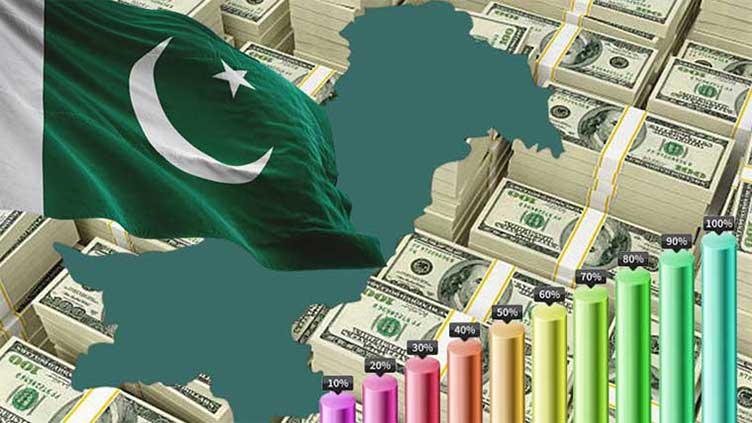The Debt-to-GDP Ratio Should Stay Below 60%, but Our Current Ratio is 68%
ISLAMABAD ( WEB NEWS )
Member of the National Assembly, Mirza Ikhtiyar Baig, stated that the continuous renewal of loans has become unsustainable for Pakistan’s economy, as new loans are now being taken to repay old ones. He emphasized that to increase foreign exchange reserves, Pakistan needs to boost foreign investment and exports. He made these remarks during his speech at a three-day workshop titled “Debt and the Quest for Development,” organized by the Sustainable Development Policy Institute (SDPI).
In his opening remarks, Mirza Ikhtiyar Baig mentioned that if there is an effective plan for loan repayment, and if the loans are directed towards productive investment, the negative effects of debt can be mitigated. He also noted that the debt-to-GDP ratio should remain under 60%, but Pakistan’s current ratio stands at 68%, which has not been adequately addressed. Baig added that the government aims to reduce this ratio to 50%, but in the current economic climate, this appears to be a difficult target. He stressed that the only sustainable way to manage debt is by increasing revenue and foreign exchange reserves.
This workshop was organized by SDPI in collaboration with Friedrich-Ebert-Stiftung (FES), providing participants from various sectors with an opportunity to discuss sustainable fiscal policies, tax reforms, and the long-term welfare of citizens. Dr. Sajid Amin, Deputy Executive Director of SDPI, noted that the rising levels of debt in developing countries, including Pakistan and Sri Lanka, have raised concerns across the region, putting low- and middle-income countries at risk of debt difficulties or even bankruptcy.
Pakistan’s debt currently amounts to 71.8% of its GDP, while Bangladesh and Sri Lanka’s debt is 41.1% and 115.5%, respectively. He further highlighted that the low tax collection rate in these countries exacerbates the problem. In Pakistan, the tax-to-GDP ratio is only 12%, while in Bangladesh and Sri Lanka, it stands at 7.5% and 7.25%, respectively.
Abdullah Dew, Program Manager at FES, pointed out that although Pakistan’s constitution grants Parliament the authority to set limits on debt, the current debt level has far surpassed the 60% threshold established in the 2005 Financial Act. Dr. Ali Salman, Executive Director of PRIME, added that both short-term and long-term external loans have a negative impact on per capita GDP and investment.
Mohsin Mushtaq Chandana, Director General of Debt Management at the Ministry of Finance, mentioned that inflation has increased in proportion to GDP, but Pakistan’s economy has shown signs of stabilization, particularly with the reduction in interest rates. He noted that Pakistan’s domestic debt has doubled between 2019 and 2024, and the higher debt-to-GDP ratio is a risk to financial stability.
CEO of Macro Economic Insights, Saqib Sherani, stated that Pakistan’s debt has exceeded 700% of its revenues, marking the highest level in the country’s history. He further pointed out that the loans taken in FY 2022-23 were more than the total loans taken in the last 16 years, and these loans are being used for daily expenses rather than development projects.
The three-day workshop aimed to raise awareness about the increasing public debt and tax injustice in South Asia, particularly in Pakistan, while promoting meaningful dialogue and analysis on public debt and development.

